Shows what share of your white blood cells are eosinophils, which can reflect allergies or inflammation.
Securely stored in EU
Cancel anytime
Test 100+ biomarkers
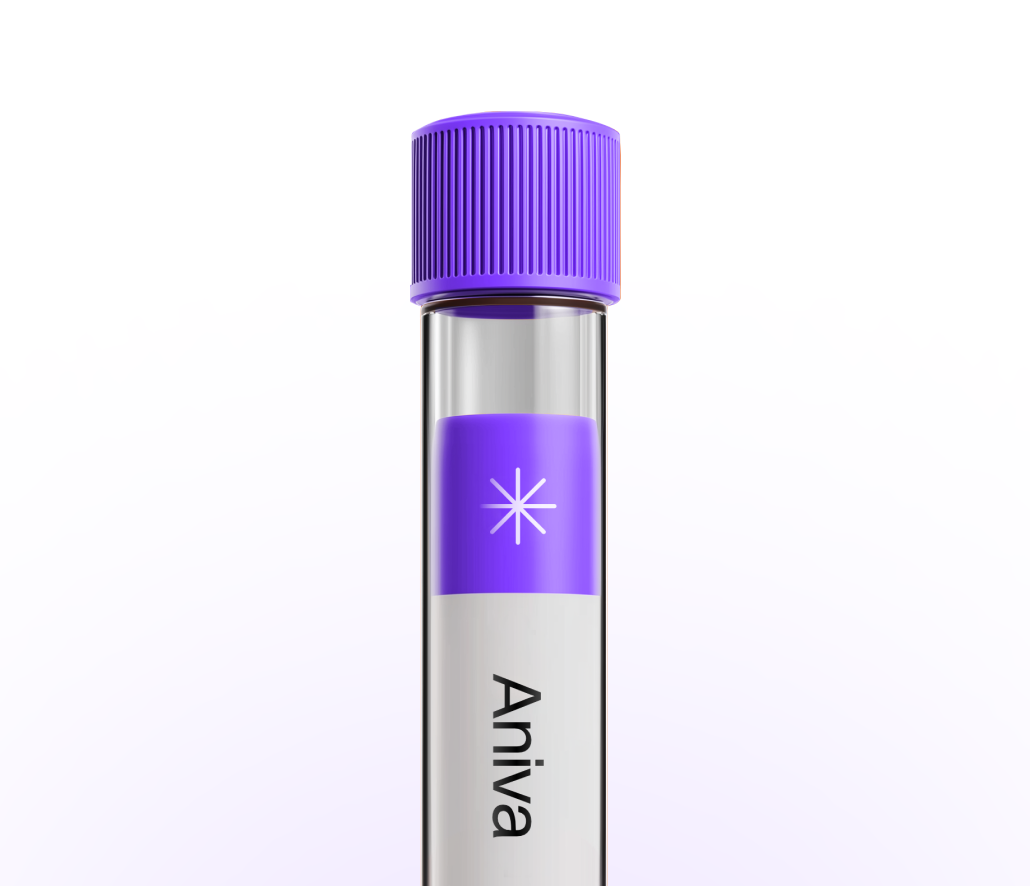
Less than 5 minutes waiting time. One
simple test at one of our 20+ locations.
Get your lab reports within one week.
Accessible on our app and per PDF.
All your health records stored
in a single, convenient place.

Clinicians order this as part of a complete blood count with differential to look for allergy-related or other immune activity. It helps explore symptoms like wheezing, rashes, chronic cough, or travel-related stomach issues. Results can guide next steps, like checking the absolute eosinophil count, IgE, or reviewing medicines. You can test this marker with Aniva across Germany and Finland.
Clinicians order this as part of a complete blood count with differential to look for allergy-related or other immune activity. It helps explore symptoms like wheezing, rashes, chronic cough, or travel-related stomach issues. Results can guide next steps, like checking the absolute eosinophil count, IgE, or reviewing medicines. You can test this marker with Aniva across Germany and Finland.
High: May reflect allergies, asthma, eczema, some infections (especially parasites), drug reactions, or certain immune conditions. Seasonal allergies and recent travel can matter. Review steroid use, as these medicines can lower counts and mask patterns.
Low: Usually not concerning on its own. Can occur with stress, acute illness, or corticosteroid use. Because this is a percentage, shifts in other white cells can make it seem low or high. Tracking trends and checking the absolute count can help.
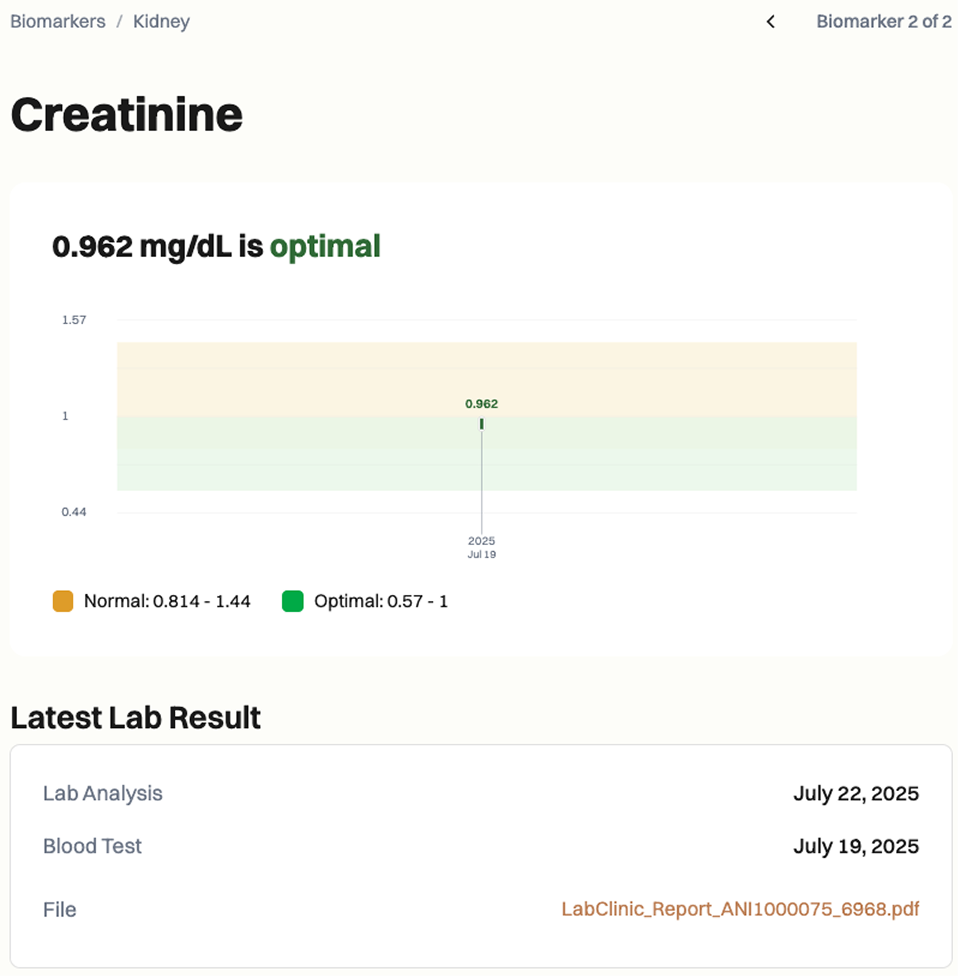
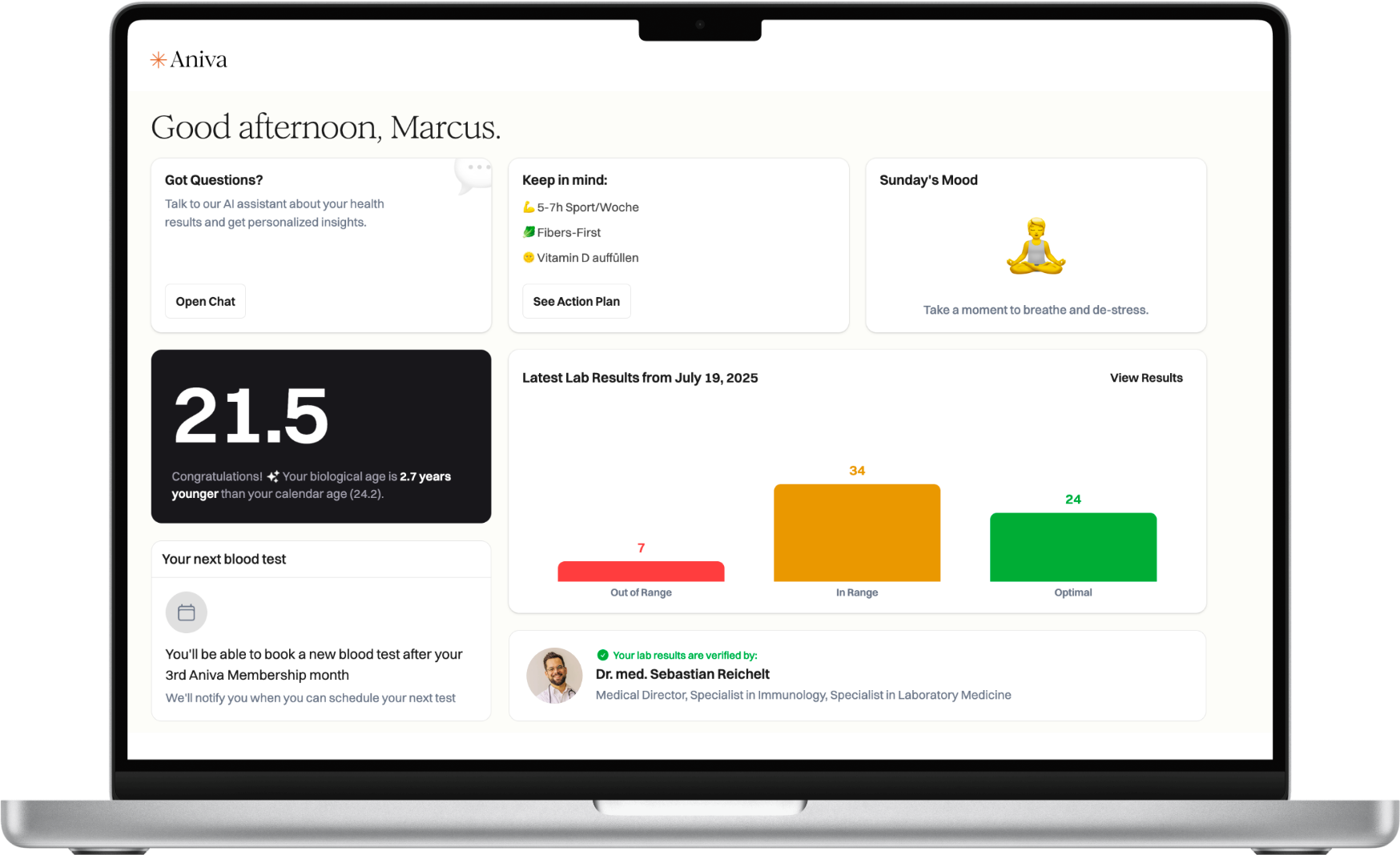
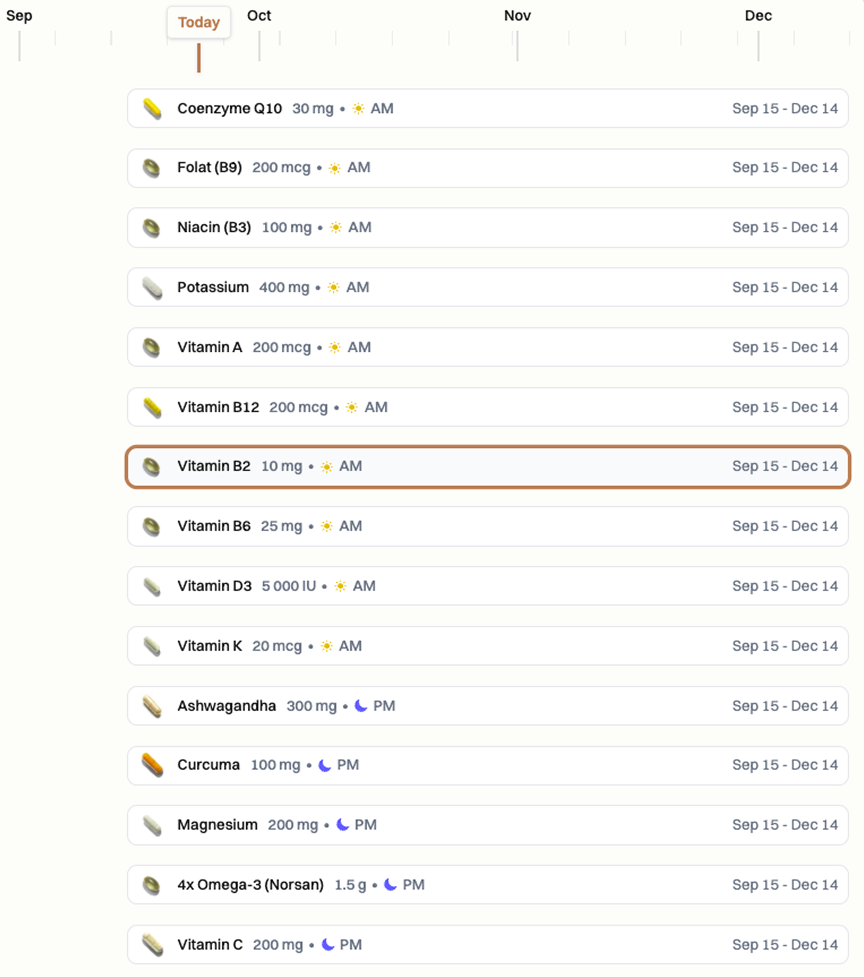
Common factors that can affect results include corticosteroids (lower eosinophils), recent illnesses or stress, intense exercise, time of day (counts vary across the day), dehydration, smoking, and allergies or asthma flares. Some medicines, including certain antibiotics or seizure drugs, can raise eosinophils; beta-agonists and steroids can lower them. Pregnancy can modestly lower eosinophils. Because this is a percentage, big changes in other white cells can shift the value.
Special situations: If results are unexpectedly high or persist, confirm with an absolute eosinophil count and consider timing, medications (especially steroids), pregnancy, and recent travel or parasite exposure.
What does a high eosinophil percentage mean? It often relates to allergies, asthma, certain infections like parasites, or medicine reactions. Your clinician may check the absolute eosinophil count for context.
What can affect my result? Steroids, recent illness or stress, time of day, hard exercise, smoking, and dehydration can shift values. Allergy flares and some medicines can raise eosinophils.
Do I need to fast? No. Fasting is not required. For trends, try to test at the same time of day.
How often should I test this? Usually with a routine CBC or when symptoms are being evaluated or monitored. Your clinician will guide timing.
How long do results take? Most labs report results within 1-2 business days.
What should I discuss with my clinician? Share symptoms, allergy history, recent travel, and all medicines, especially steroids. Ask whether to check the absolute eosinophil count or related tests.

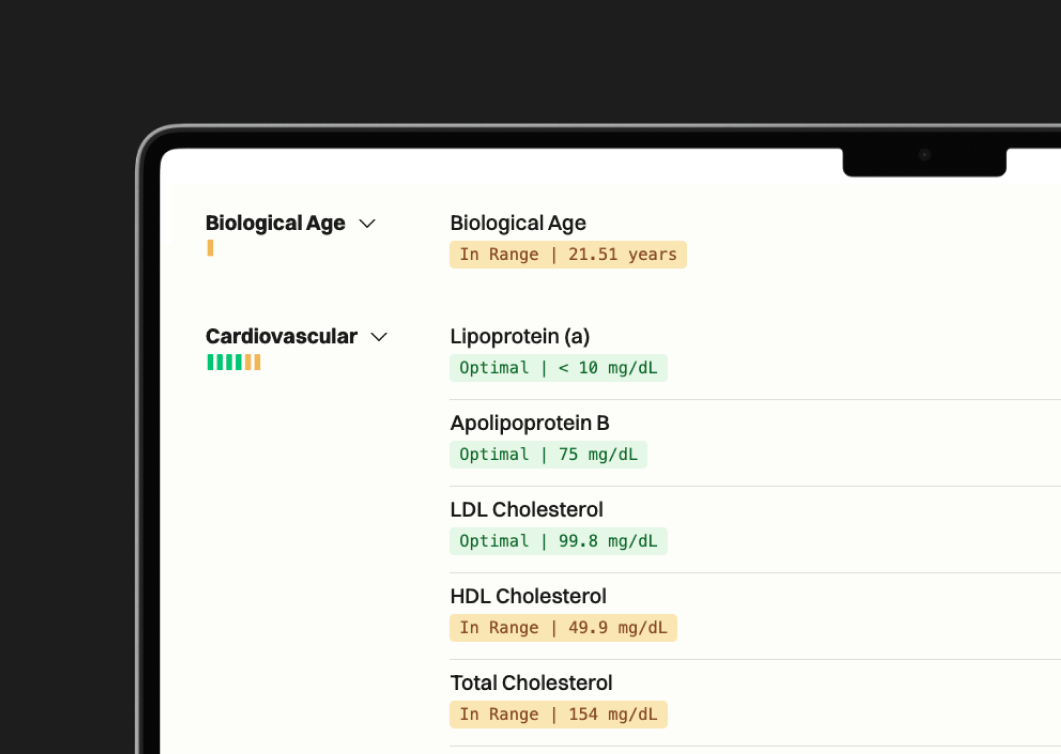

One annual blood test (100+ biomarkers)
Clinician-reviewed insights
Personalized action plan
Access to our AI Concierge
Access to curated products


63%
44%
70%